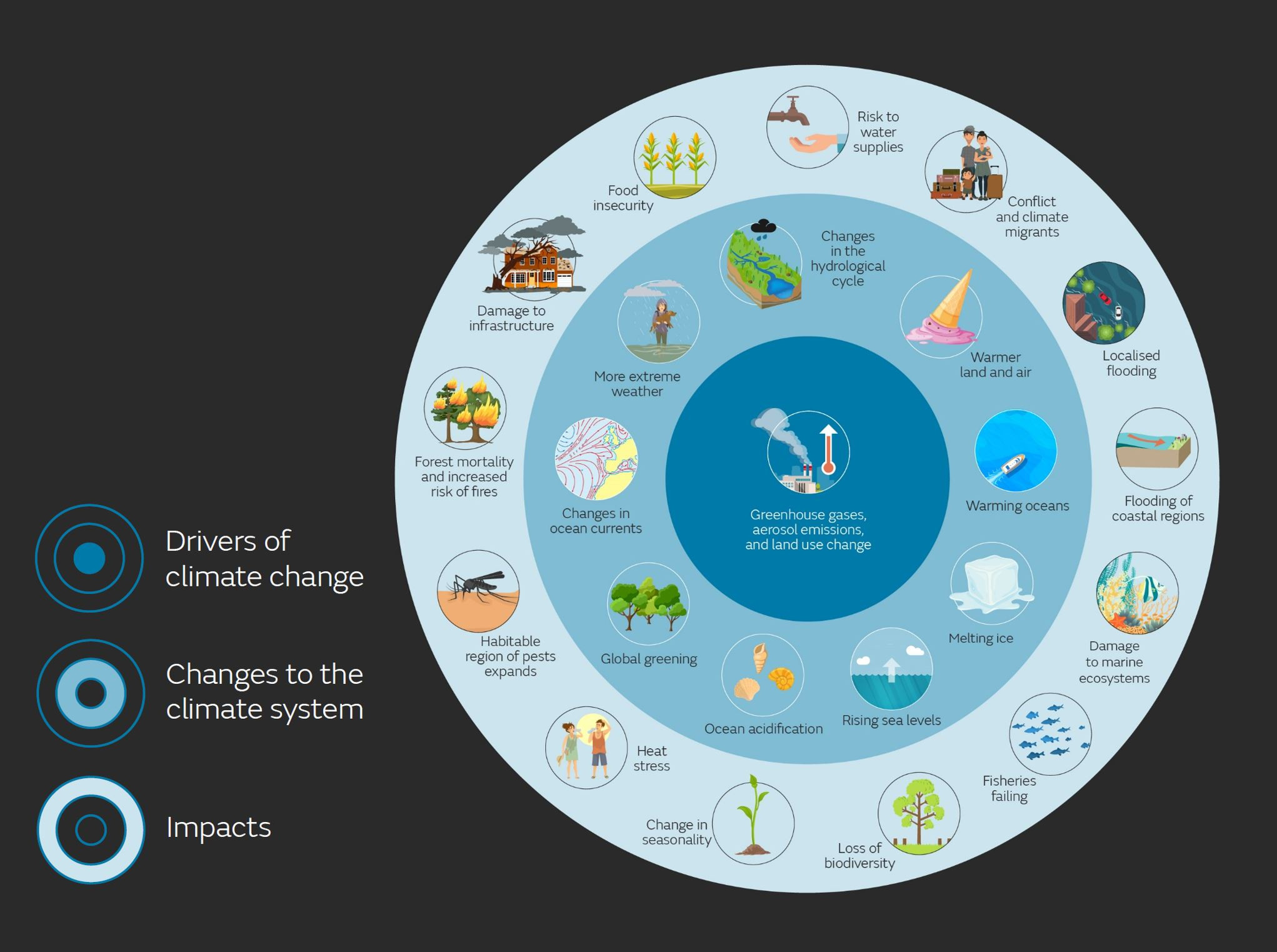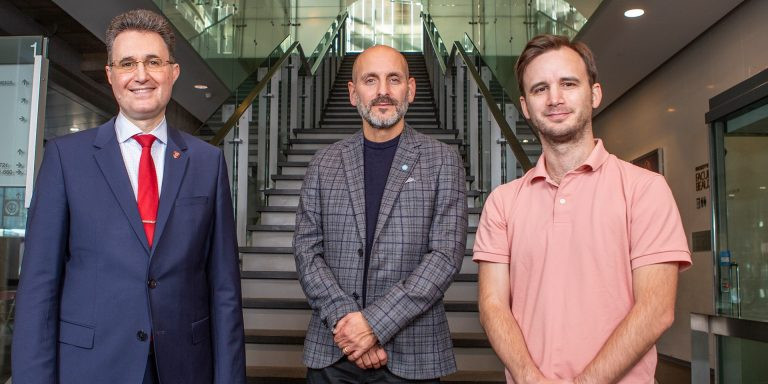The Cables Market: A Booming Industry Driven by Sustainability and Technological Advancements
The cables market is poised for substantial growth in the coming years, fueled by a confluence of factors, including surging demand for renewable energy, the proliferation of smart technologies, and increasing investments in infrastructure. A recent report by The Business Research Company projects the global cables market to reach a staggering $132.97 billion by 2028, reflecting a robust compound annual growth rate (CAGR) of 8.8%.
Key Factors Driving Growth
Several key drivers are contributing to the robust growth of the cables market. These include:
Sustainability Initiatives
The global shift towards renewable energy sources like solar, wind, and hydroelectric power has significantly increased the demand for cables. Power transmission cables are crucial for transporting electricity generated from these sources to the grid and ultimately to consumers.
Security and Surveillance Needs
The rising adoption of security and surveillance systems in both residential and commercial settings is driving demand for specialized cables like fiber optic cables and coaxial cables. These cables are essential for transmitting high-quality video footage and data over long distances.
Space Exploration and Satellite Communication
The booming space exploration and satellite communication industries require high-performance cables capable of withstanding harsh environments and transmitting data reliably. These specialized cables are vital for establishing communication networks between Earth and space, enabling vital scientific research and technological advancements.
Automotive Industry Shifts
The rapid transition towards electric vehicles (EVs) is creating a significant demand for high-voltage cables used in EV charging infrastructure. These cables are designed to handle the high currents required for fast and efficient EV charging, facilitating the widespread adoption of EVs.
Energy Efficiency Requirements
Governments and industries worldwide are increasingly prioritizing energy efficiency to reduce carbon emissions and conserve resources. This trend has led to a rise in demand for energy-efficient cables that minimize energy losses during transmission, contributing to a more sustainable energy landscape.
Emerging Trends Shaping the Future of the Cables Market
The cables market is being shaped by several key trends that will significantly influence its future trajectory. These include:
Digital Transformation
The ongoing digital transformation across industries is driving demand for high-bandwidth cables that can support the transmission of large volumes of data at high speeds. This trend is particularly prominent in sectors like data centers, cloud computing, and telecommunications, where reliable and efficient data transfer is paramount.
Renewable Energy Expansion
The expansion of renewable energy infrastructure, driven by government policies and environmental concerns, is creating a significant demand for cables used in solar, wind, and hydroelectric power projects. These cables need to be durable, reliable, and capable of withstanding harsh weather conditions.
5G and Broadband Rollout
The global rollout of 5G networks and high-speed broadband infrastructure is creating a significant demand for high-performance cables that can handle the increased data traffic and speeds associated with these technologies. Fiber optic cables are becoming increasingly popular for this purpose due to their exceptional bandwidth and speed.
Electric Vehicle Adoption
The growing adoption of electric vehicles is driving demand for high-voltage cables used in EV charging infrastructure. These cables need to be durable, flexible, and capable of handling high currents and voltages, ensuring safe and efficient charging.
Smart Homes and IoT
The increasing popularity of smart homes and the Internet of Things (IoT) is leading to a rise in demand for low-voltage cables used in smart home devices, sensors, and other IoT applications. These cables are designed for flexibility and ease of installation, facilitating the seamless integration of smart devices within homes and businesses.
Top Companies Leading the Cables Market
The global cables market is characterized by a competitive landscape with several major players vying for market share. Some of the key players in this market include:
- Prysmian Group
- Nexans S.A.
- The Furukawa Electric Co. Ltd.
- Sumitomo Corporation
- Belden Incorporated
- Fujikura Ltd.
- Leoni AG
- LS Cable & System Ltd.
- NKT A/S
- Southwire Company LLC
- ABB Ltd.
- Polycab India Ltd.
- Huawei Technologies Co.
- Limited
- Axon Cable SAS
- KEI Industries Ltd.
- General Cable Corp.
- Encore Wire Corporation
- Finolex Cables Ltd.
- Bahra Cables Company
- Brugg Kabel AG
- Riyadh Cables Group Company
- Sumitomo Electric Industries Ltd.
- Furukawa Electric Co. Ltd.
- Lapp Tannehill
- Dacon Systems Inc.
- American Wire Group
- CommScope Holding Company Inc.
- Sterlite Technologies Limited
- Aksh Optifibre Ltd.
- Paramount Communications Ltd.
These companies are constantly innovating and developing new cable technologies to meet the evolving needs of the market. They are also focusing on expanding their geographical reach and entering new markets to capitalize on the growing demand for cables globally.
The Future of the Cables Market: A Bright Outlook
The cables market is expected to continue its robust growth trajectory in the coming years, driven by the factors mentioned above. As the global economy continues to digitalize and adopt sustainable practices, the demand for high-performance cables will continue to increase, creating ample opportunities for companies operating in this market.
The cables market is a dynamic and evolving sector, and companies need to stay ahead of the curve to remain competitive. They need to invest in research and development, adopt innovative technologies, and focus on providing high-quality products and services that meet the specific needs of their customers.
The future of the cables market is bright, and its impact on the global economy will continue to grow in the years to come.

















